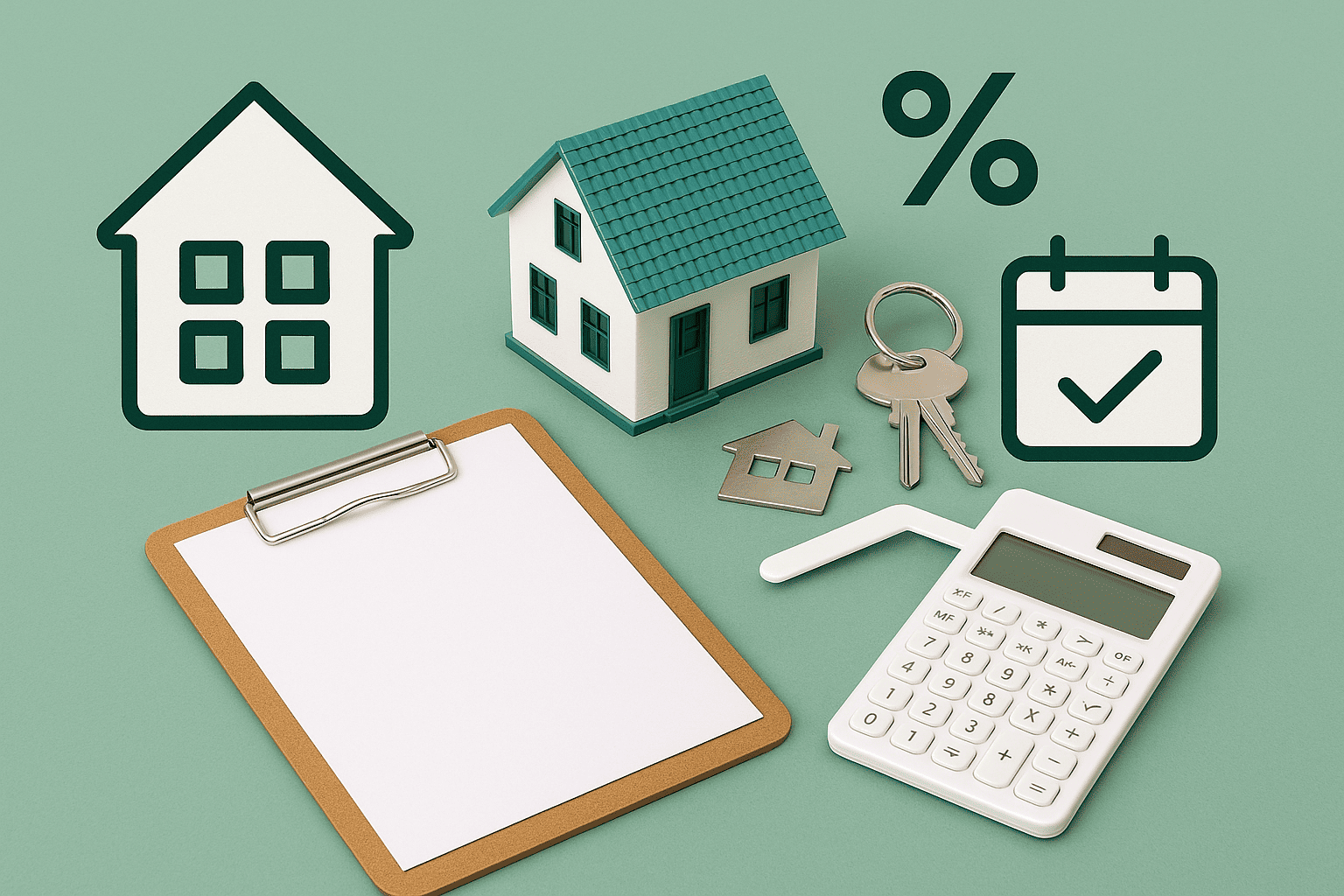
When you take out a mortgage, you decide how long you want to fix your rate. With a long fixed-rate period, you lock in the rate for 10 to 30 years. During this time, your interest does not change. Many prefer a longer period because it provides certainty about their monthly payments.
How does a long fixed-rate period work?
You agree with your lender to fix the rate for a specific period, for example for 10 years. During this time the rate stays the same. After the period ends, you will receive a new rate proposal.
Logically, if your term and fixed-rate period are both 30 years, you will finish repayment, and there will be no new offer.
Example:
- Mortgage term: 30 years.
- Fixed-rate period: 10 years.
- Interest rate for the first 10 years: 3%.
During the first 10 years, your payments are predictable due to the fixed rate. After this period, you can choose a new fixed period, or you can switch to a variable rate.
Advantages of a long fixed-rate period
- Certainty about your payments.
- Protection against rising interest rates.
- Peace of mind over the long term.
Certainty about your payments
You know exactly what to expect financially for the fixed period. This will make it easier to plan your spending and savings.
Protection against rising interest rates
If market rates go up, you won't be affected because your rate is locked.
Peace of mind over the long term
If you plan to stay in the house for a long time, a long fixed-rate period is often recommended. It provides stability and less financial stress.
Disadvantages of the long period
- Higher interest rate.
- Less flexibility.
- Less benefit if rates drop.
Higher interest rate
Rates for long fixed periods are usually higher than for short fixed periods. Your initial may be higher because of that.
Less flexibility
If you want to switch lenders, you will have to pay a fee if you do it before the period ends. This is because the bank loses future interest income.
Less benefit if rates drop
If market rates decrease, you won't benefit from the lower rates, since your rate is fixed.
When do you choose a long fixed-rate period?
A long fixed-rate period is ideal if you:
- Want long-term certainty about your payments.
- Plan to stay in the house for many years.
- Prefer to avoid the risk of rising rates.
- Are sure you won't refinance or repay early.
What happens after the period ends?
When the fixed-rate period ends, you will receive a new offer from your lender. If your mortgage is fully repaid, this is not the case. What are your options?
- Choose a new fixed-rate period, short or long.
- Switch to a variable rate.
- Move to a different lender.